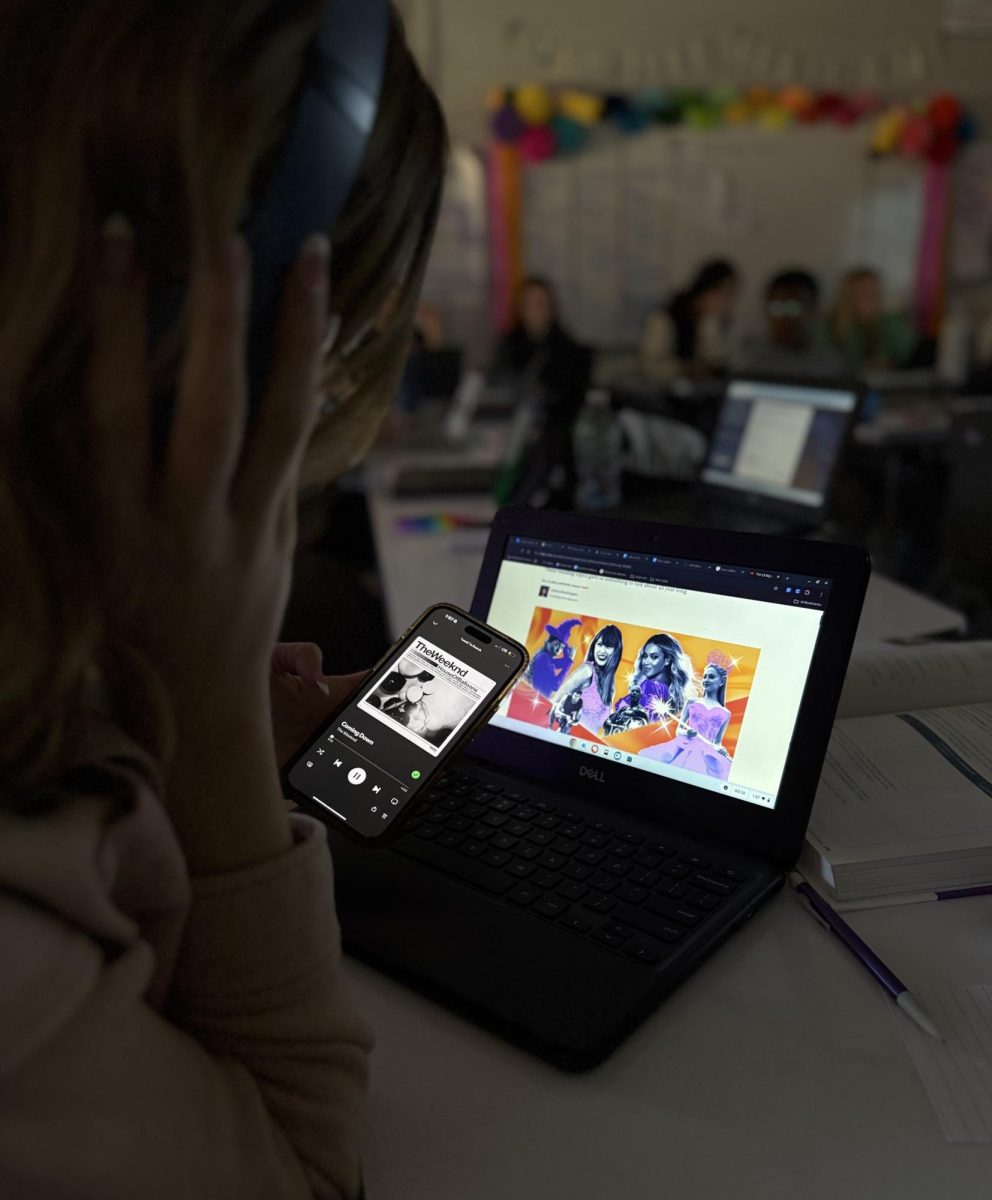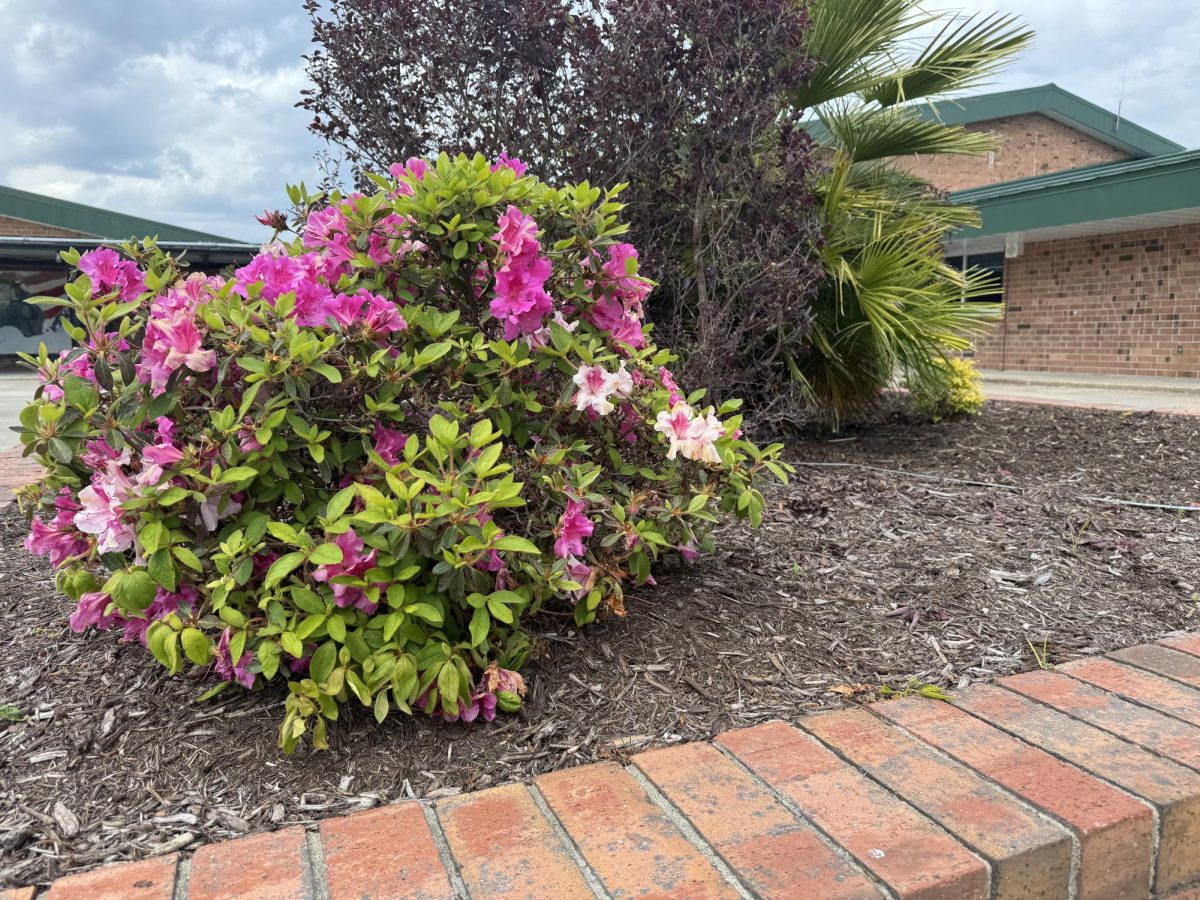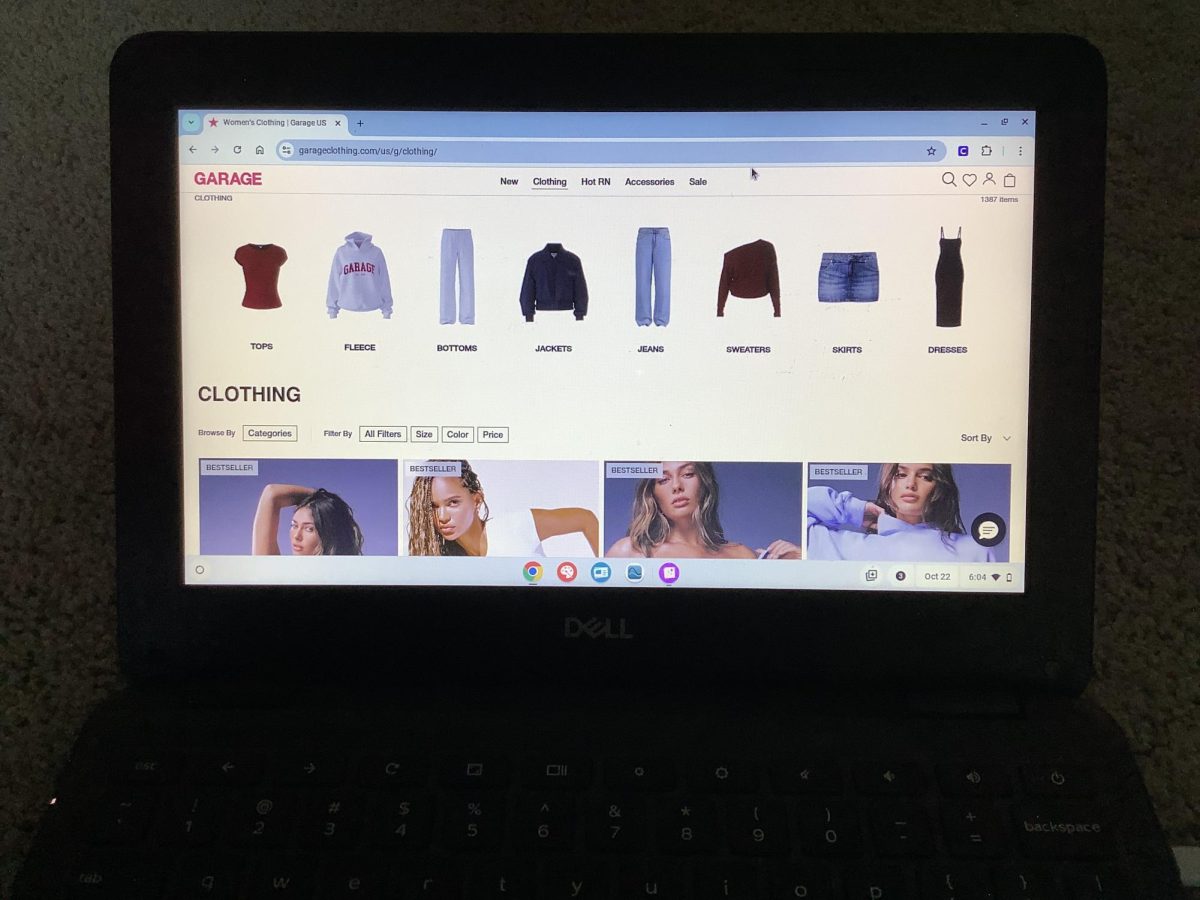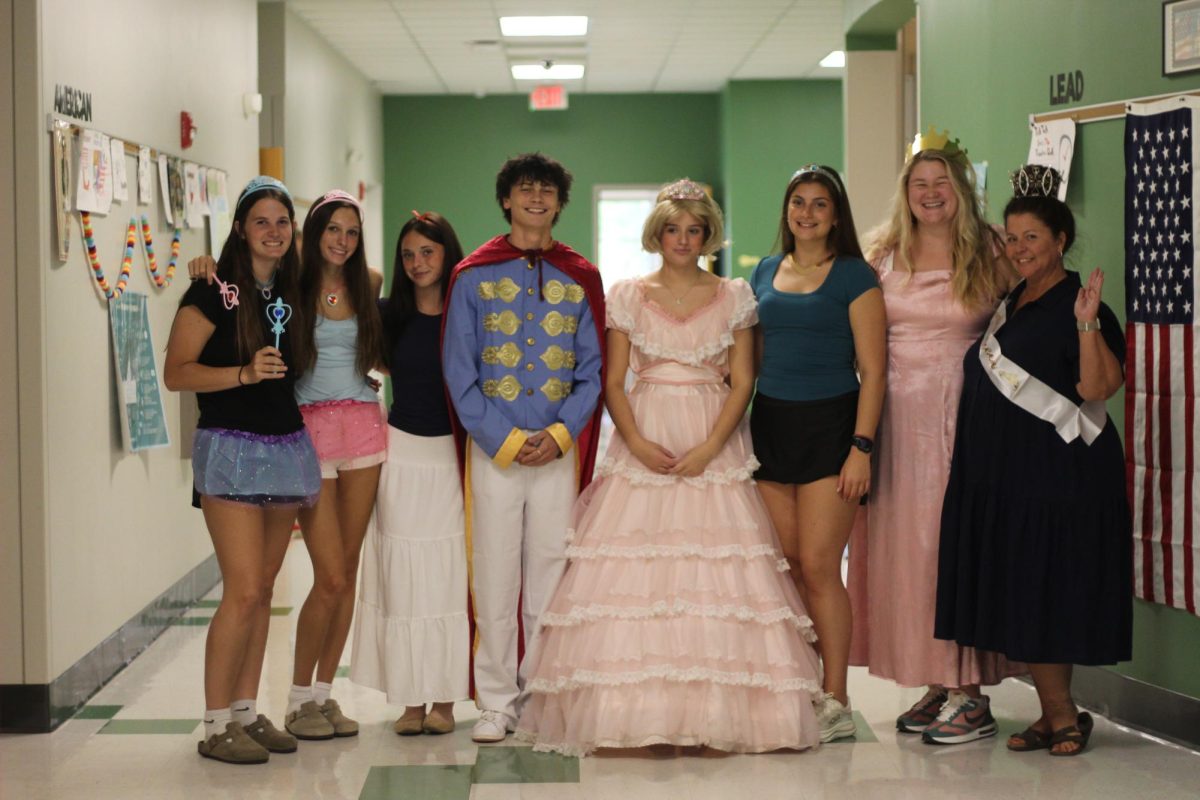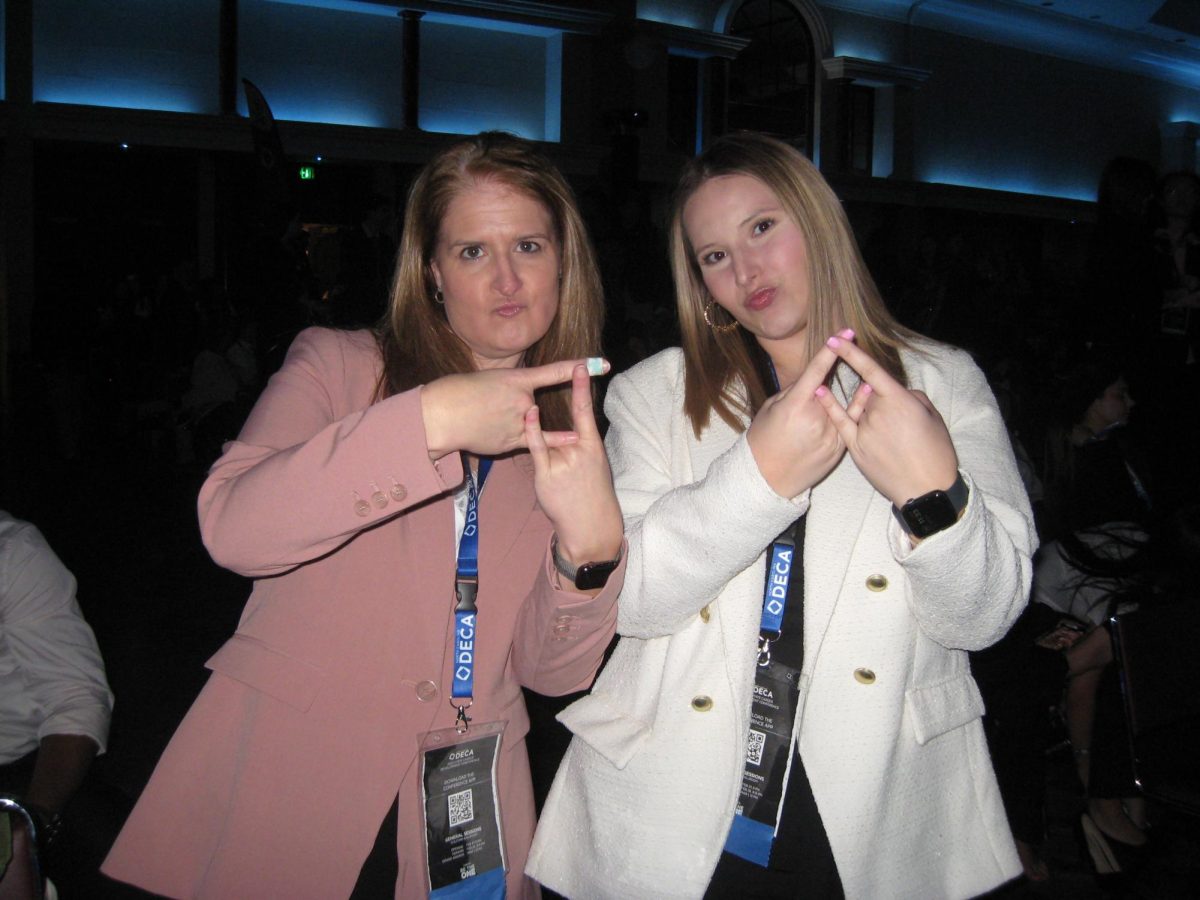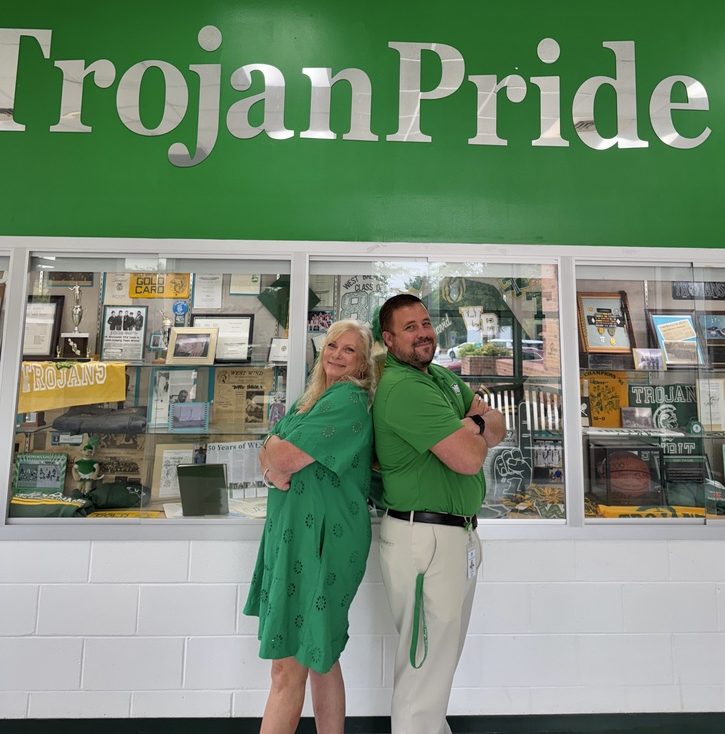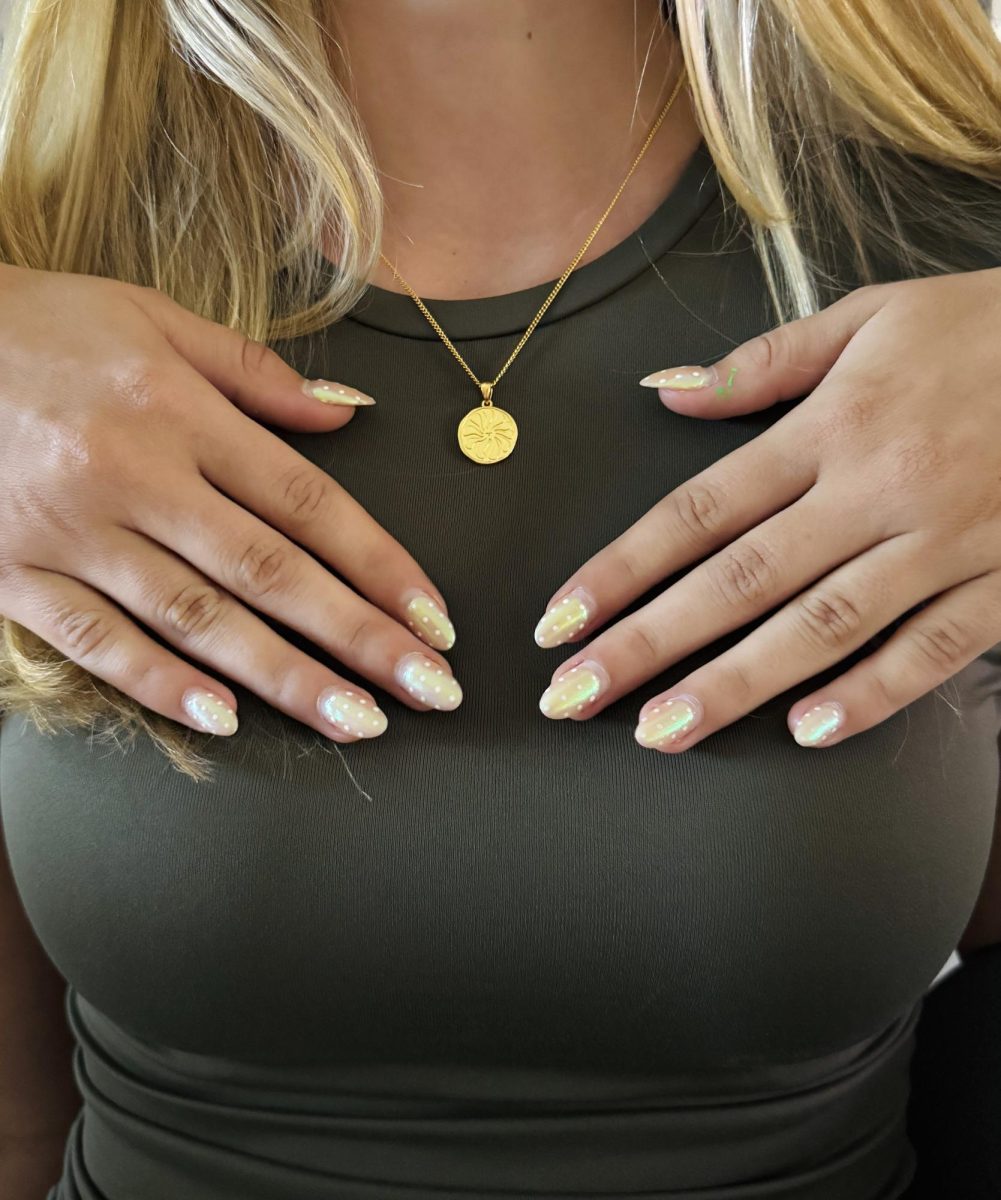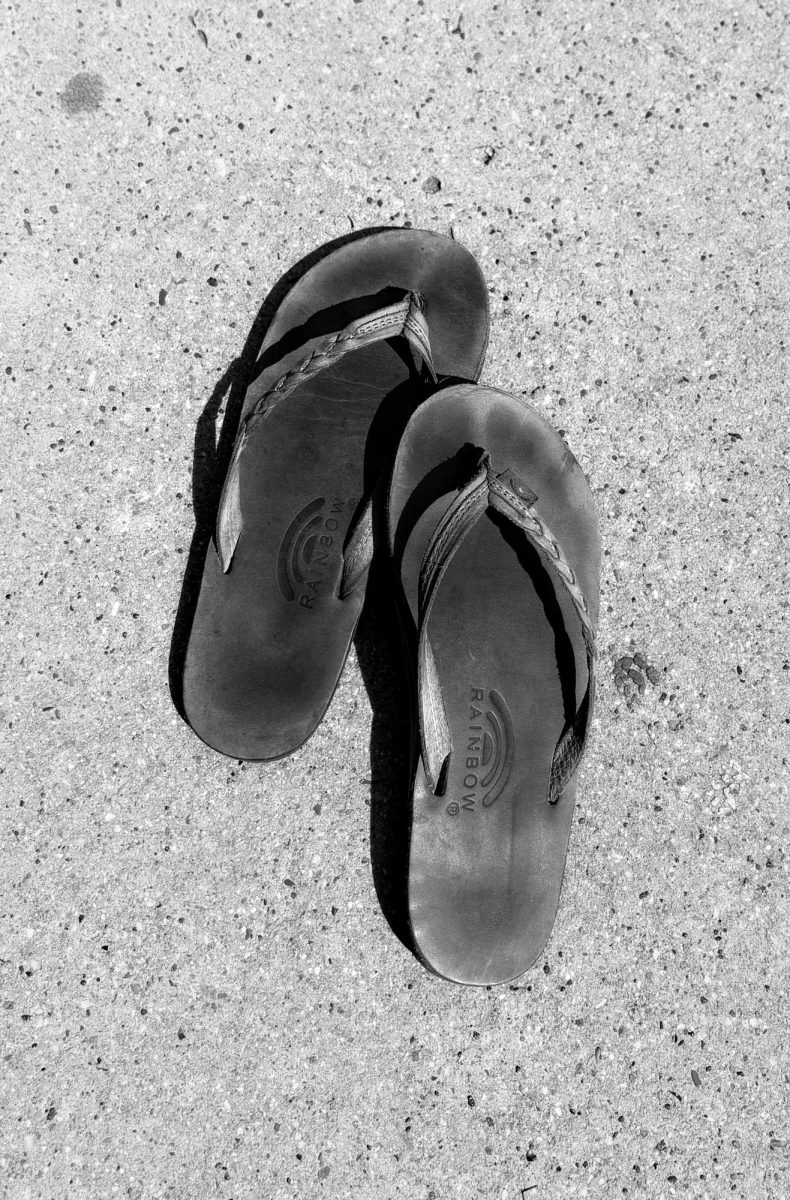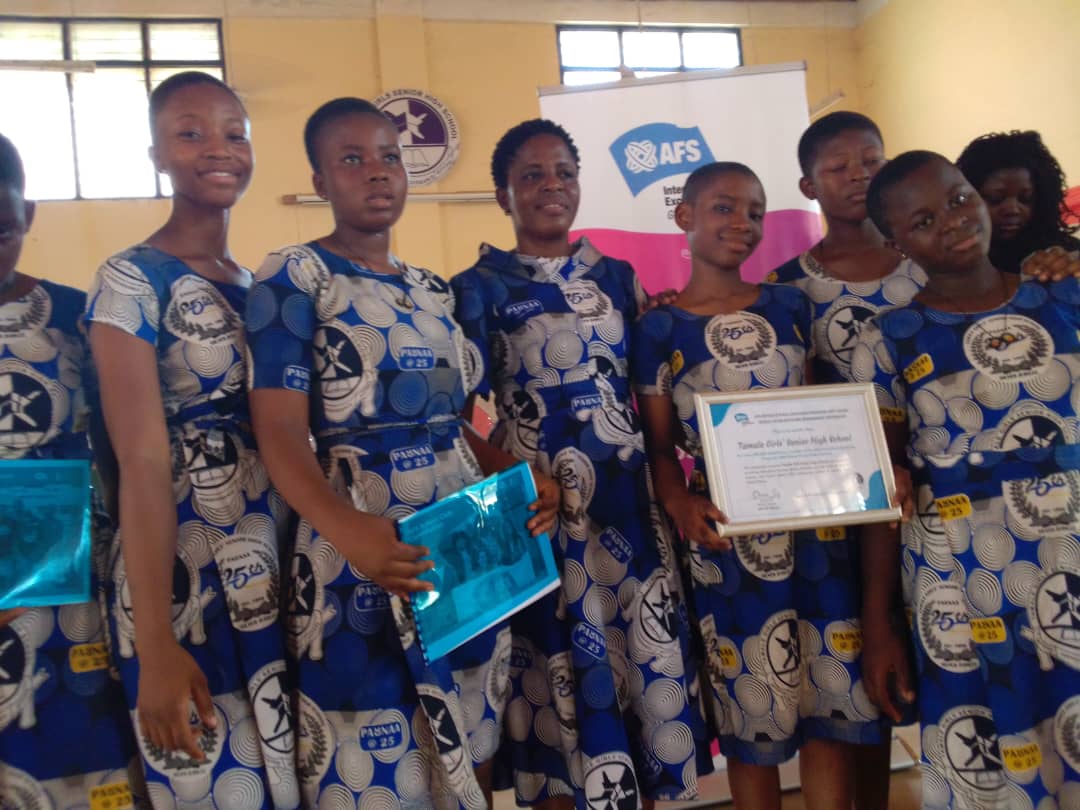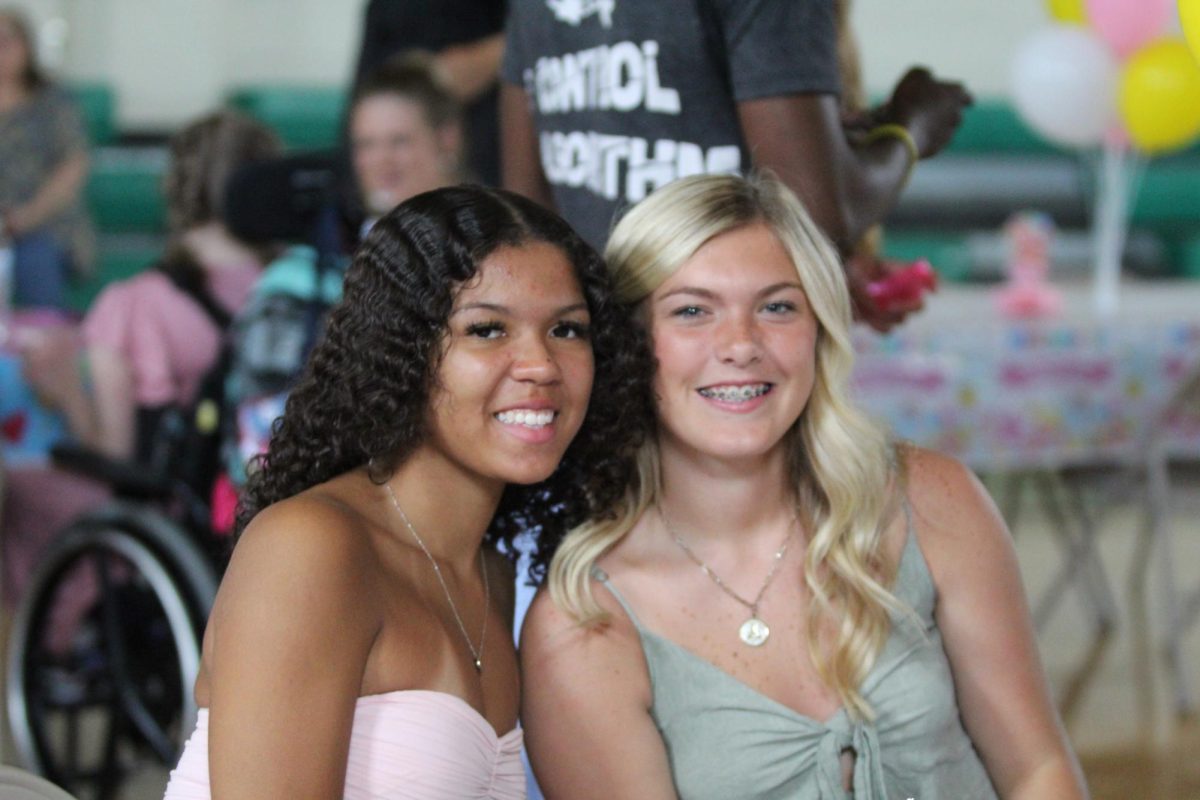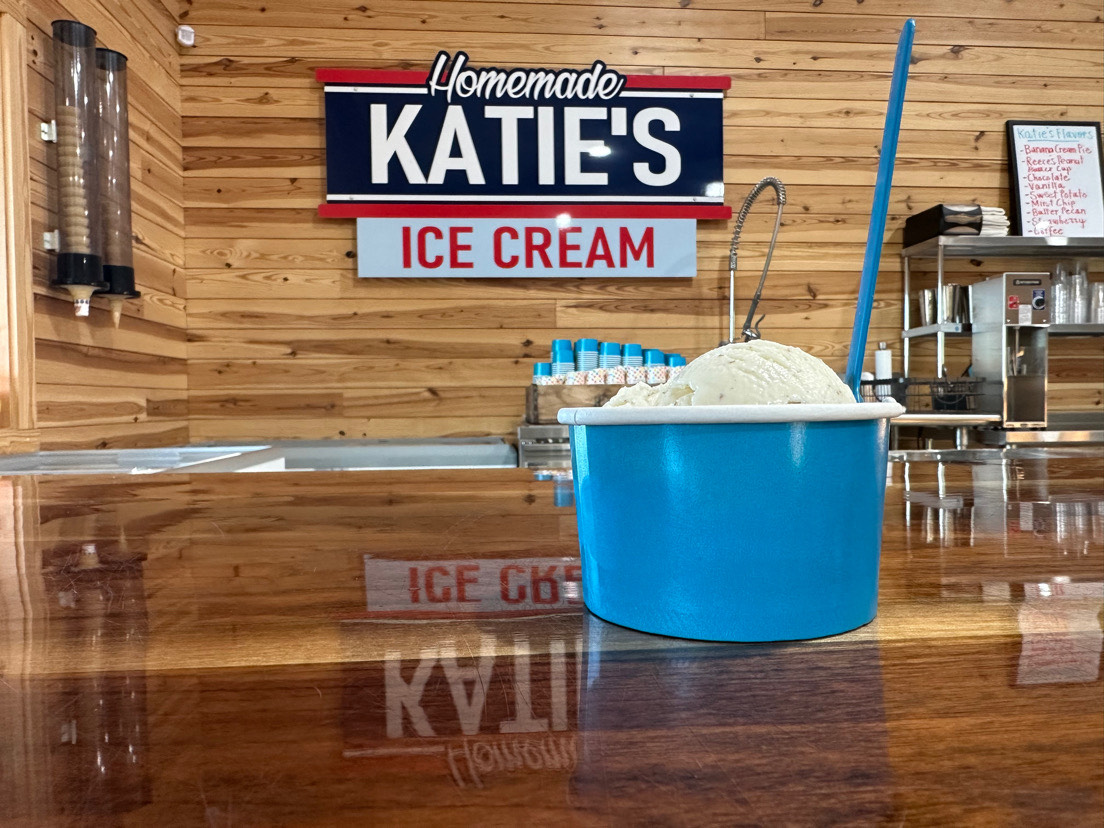Slick backs, gold jewelry, glowy makeup, and minimalist outfits—these all fall under the “clean girl aesthetic” that you’ve most likely seen all over TikTok and other social media platforms. Since the start of the school year, this trend has begun to show up more throughout school hallways and is being worn more frequently as an everyday look.
“I’m aware of it, and I’ve definitely seen it around a lot,” said senior Ella Ranson. “I feel like everybody does it.”
The “clean girl aesthetic” gained popularity around 2020 and blew up on social media. The trend embodies a very polished, natural look. The style of makeup and clothing consists of light and simple makeup, sleek hair, and very chic—sometimes bland—clothing. It resonates mostly with people seeking a more effortless, yet put-together look.
“If you’re put together or have slick back hair you just look effortless, I like it,” said Ranson. “I think it’s cute and easy.”
However, there are still some negative views on this trend. Some students feel that the clean girl aesthetic puts pressure on others to look a certain way. While it’s supposed to be natural and minimal, the look can actually require a lot of time, effort, and expensive products to achieve. For students with different hair textures or skin types, it may not even be possible to fully achieve the look.
“I think it limits people because not everybody can have this aesthetic,” said senior Tucker Hamilton. “I feel like its inclusive, but some people just don’t fit the look.”
The aesthetic is also being questioned for how it affects confidence and perception. While it promotes a “natural” beauty standard, that standard can be very narrow—often favoring certain facial features, body types, or hair textures. This can make those who don’t naturally fit the aesthetic feel left out or judged.
“I feel like people do judge others who don’t feel as confident,” said Ranson. “It’s harder when you’re wearing no makeup or have your hair a certain way.”
Some students are also simply tired of seeing the trend everywhere. What once felt fresh and modern now feels repetitive and overused. The constant recycling of this look across social media and in real life makes it feel less like personal style and more like a fashion rule that everyone is expected to follow. Instead of encouraging individuality, the trend can make students feel like they have to fit into a specific mold just to be seen as stylish or “put together.”
“No I don’t like this trend,” said sophomore Cheyenne. “It’s overused and it’s been trending for like 5 years.”
In the end, the “clean girl aesthetic” is just one of many trends that have captured the attention of young people. But like many beauty trends before it, it brings up larger questions about inclusivity, self-image, and the pressure to fit in. While some students embrace the look for its simplicity and polished vibe, others see it as limiting and unrealistic. Whether you love the aesthetic or not, it’s important to remember that style should be about self-expression, not comparison. Trends may come and go, but confidence and authenticity seem to never go out of style.
“I think it’s just a way of looking and dressing,” said Hamilton. “It will pass.”



